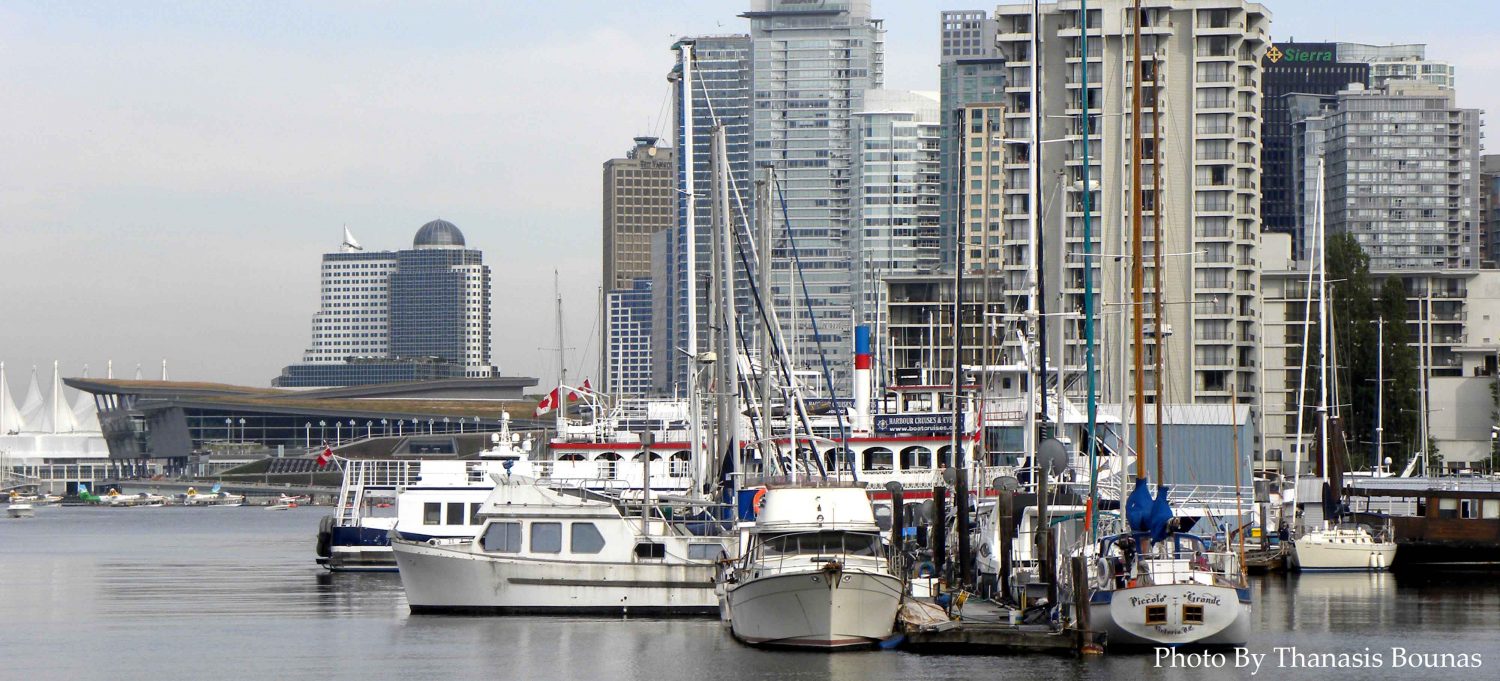
A Park with Deep Roots
In the heart of Vancouver, British Columbia, Canada, lies Oppenheimer Park — a space as rich in history as it is in community spirit.
Established in 1902, the park is one of the oldest in the city and has long been a gathering place for the residents of Vancouver’s Downtown Eastside.
Over the decades, it has witnessed change, struggle, and renewal — reflecting the evolving identity of the city itself.
What began as a simple green field has grown into a landmark of both social and cultural significance.
The Vision of Early Vancouver
Oppenheimer Park was named after David Oppenheimer, Vancouver’s second mayor and one of its founding figures.
Under his leadership, the city developed its first public amenities and green spaces, shaping the foundations of urban life in a young coastal settlement.
The park’s creation represented a belief in accessibility — that every resident, regardless of background, deserved a place for recreation and community connection.
In the early 1900s, children played baseball here, and families gathered under the open sky, embracing the spirit of a growing city.
A Sporting and Social Hub
For much of the 20th century, Oppenheimer Park Vancouver served as the heart of local sports and festivals.
It became a central site for baseball — hosting games that brought together teams from across the region, including Japanese Canadian leagues before World War II.
The park echoed with cheers, music, and laughter, embodying the multicultural essence of Vancouver, British Columbia, Canada.
Even during challenging times, Oppenheimer Park remained a unifying space where residents could find joy and belonging.
Wartime Displacement and Postwar Change
During World War II, Vancouver’s Japanese Canadian community faced forced displacement under the government’s internment policies.
Many families who had lived and played around Oppenheimer Park were uprooted from their homes.
The park, once a symbol of togetherness, stood as a quiet reminder of a community torn apart by history.
In the postwar years, efforts were made to restore the park’s role as a space for inclusion and resilience — a theme that continues today.
A Place of Advocacy and Community
From the 1960s onward, the park evolved into more than a recreational area; it became a stage for social awareness and activism.
As Vancouver’s Downtown Eastside faced economic and housing challenges, Oppenheimer Park emerged as a gathering place for voices seeking change.
Events, vigils, and community programs have made the park a space of expression and empathy.
Here, art, culture, and advocacy intersect — capturing the heart of a city that values compassion as much as progress.
Renewal and Redesign
In recent years, the City of Vancouver has undertaken significant efforts to restore and redesign Oppenheimer Park Vancouver.
New pathways, public art installations, and community gardens have redefined the park as a shared urban sanctuary.
Its transformation honors both its history and its people — offering a balance between remembrance and renewal.
Today, Oppenheimer Park symbolizes Vancouver’s ongoing journey toward inclusivity, healing, and urban harmony.
In Reflection
The history of Oppenheimer Park in Vancouver, British Columbia, Canada, tells the story of a city through the lens of one green space.
It’s a tale of beginnings, challenges, and hope — of communities coming together and rebuilding stronger than before.
To walk its paths is to feel the heartbeat of Vancouver: resilient, diverse, and forever reaching toward a more compassionate future.
A park that is not merely land, but legacy.







Be the first to comment